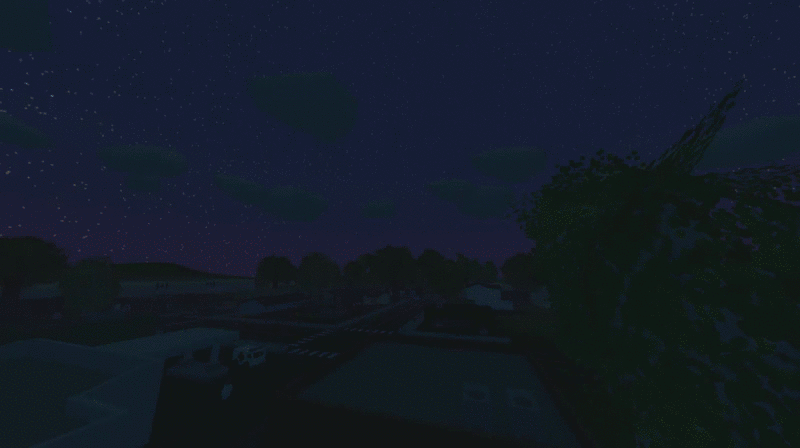
On December 21 or 22, Earth's north pole is tilting 23.5 degrees away from our Sun and the south pole is tilted toward our Sun. This is the summer solstice, the first day of the northern hemisphere summer and the longest day of the year in the northern hemisphere. Tilted Earth at summer, spring, fall, and winter positions around the Sun,Ĭlearly showing polar regions in daylight and dark at winter/summer positions.īecause of this tilt and Earth's movement around our Sun, there is a time when Earth's north pole is tilting 23.5 degrees toward our Sun. At latitudes greater than 66.5 degrees (90 degrees minus 23.5 degrees, the tilt of the axis), the regions above the Arctic and Antarctic circles on our globe, days of constant darkness or light occur. This means that during Earth's movement around our Sun each year, our polar regions spend loooooooong periods pointed toward our Sun in the summer (for example, July in the northern hemisphere, or December in the southern hemisphere) and long periods pointed away from our Sun during the winter. As Earth orbits our Sun, the axis points toward the same location in space - almost directly toward Polaris, the North Star.

But Earth's axis is tilted 23.5 degrees (the angle is measured between Earth's equatorial plane and the plane in which it orbits our Sun). These two annual times of light and dark are separated by a long sunrise and a long sunset.Įarth rotates on its axis this causes us to experience day and night. In contrast, the north pole receives 24 hours of daylight for a few months in the summer and total darkness for months in the winter. Locations around Earth's equator only receive about 12 hours of light each day. Why does Earth's day length change during the year?Įvery location on Earth experiences an average of 12 hours of light per day but the actual number of hours of daylight on any particular day of the year varies from place to place. Something to ponder: Does Pluto even have a “day” and “night” like we think of on Earth? Pluto is so distant from the center of our solar system that our Sun would look like a very bright star in its sky! Pluto, at the farthest reaches of our solar system, spins on its axis once every 6.4 days. Jupiter rotates once every 10 hours, Saturn spins once every 11 hours, and Neptune completes a rotation in 16 hours. Because of this, Mercury's day - from sunrise to sunrise - is 176 Earth days long. Mercury rotates one-and-a-half times during each orbit around the Sun. Mercury's day and night cycle is more complex.

Venus turns once on its axis every 243 Earth days (which is only slightly longer than it takes for Venus to go around the Sun!). Mars rotates on its axis once every 24.6 hours. Mars has a day and night cycle similar to Earth. Some planets rotate faster than Earth and some rotate slower. There are differences, however, in the length of day and night - the cycles are made even more complex by the tilt of a planet's axis and its rate of orbit. Yes! All the planets in our solar system spin on their axes (so does our Sun!) and so they have day and night cycles.


 0 kommentar(er)
0 kommentar(er)
